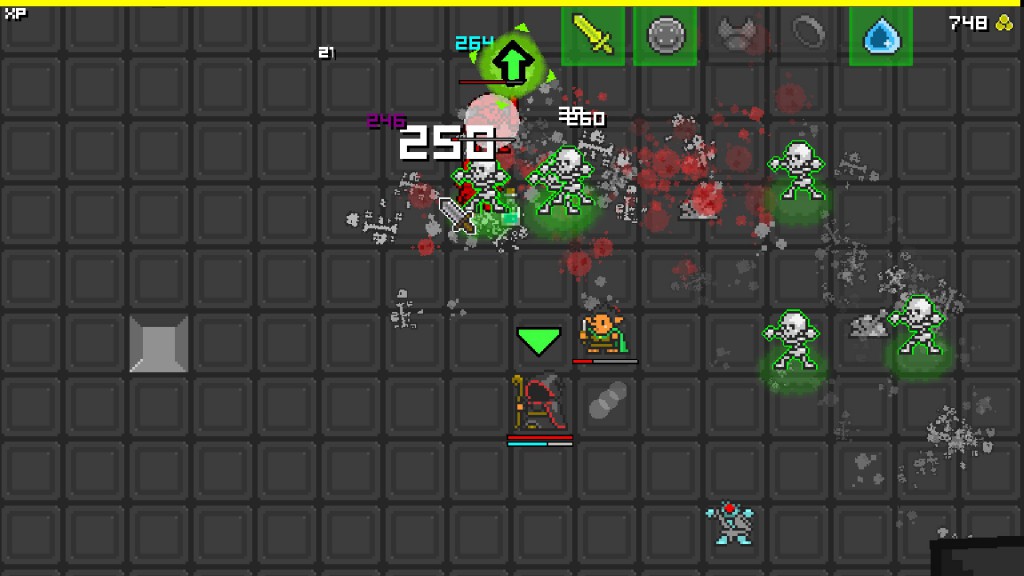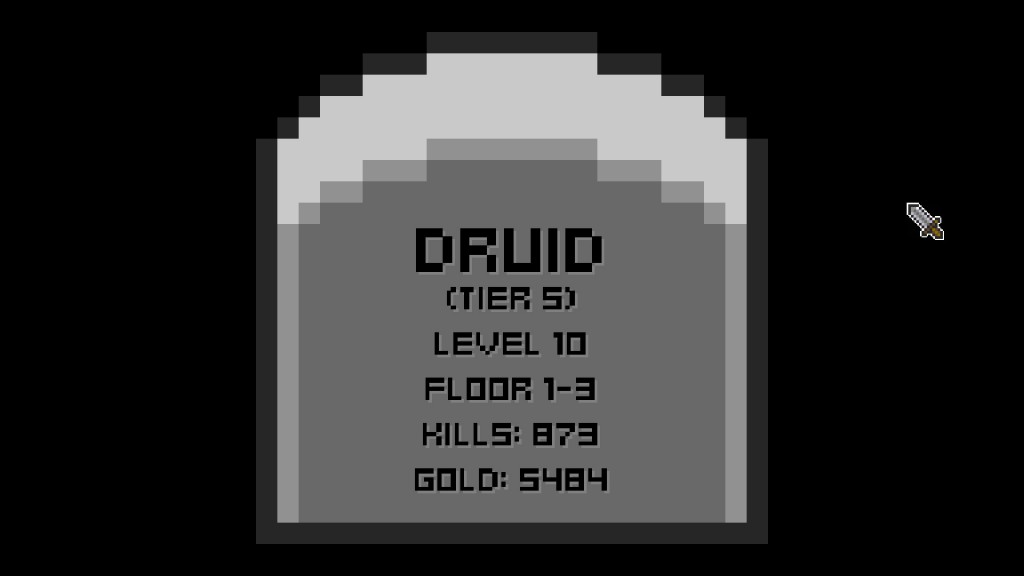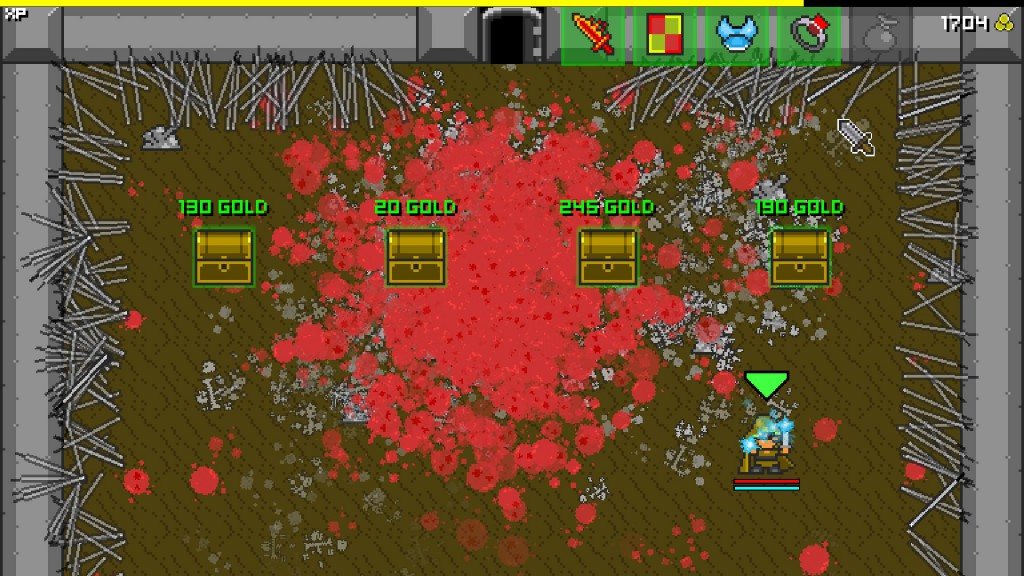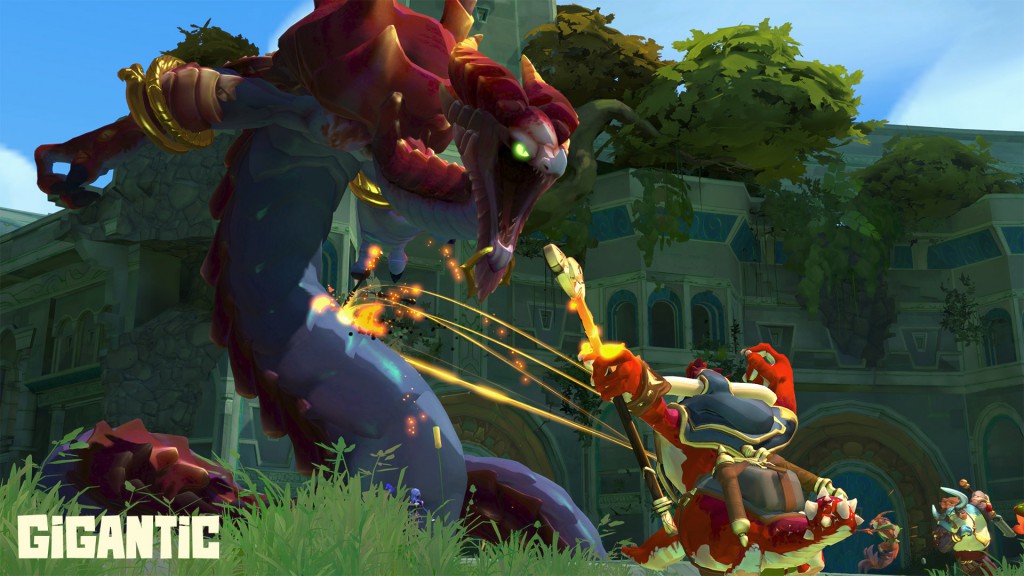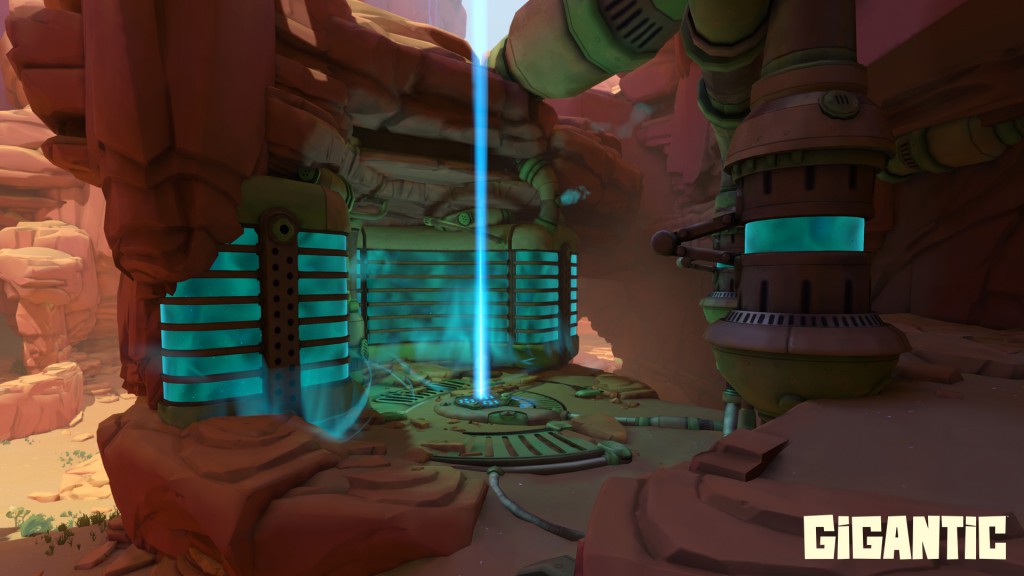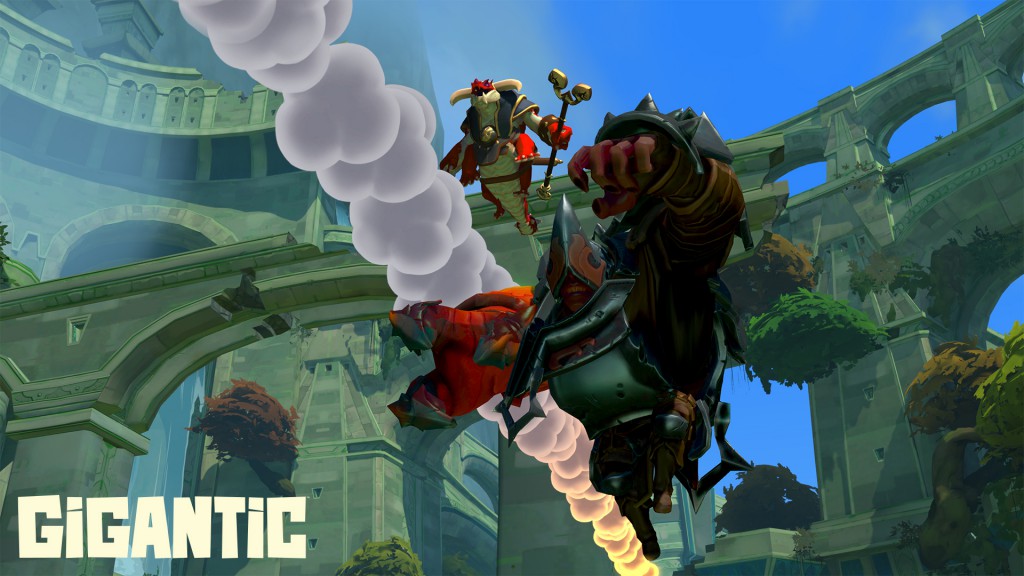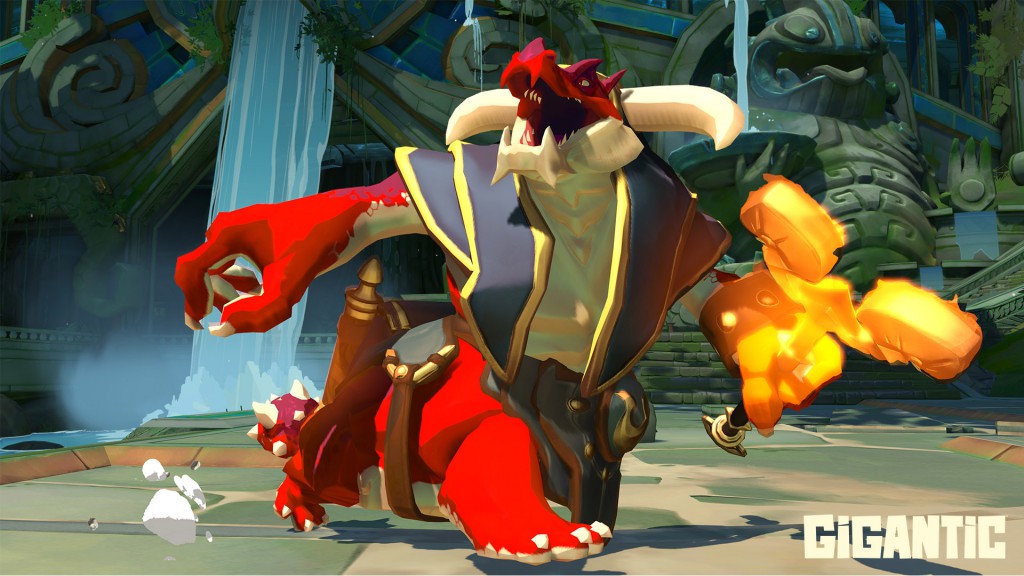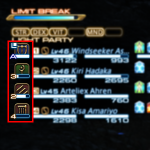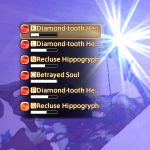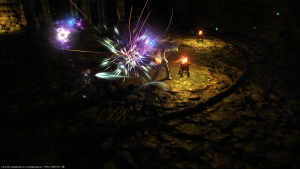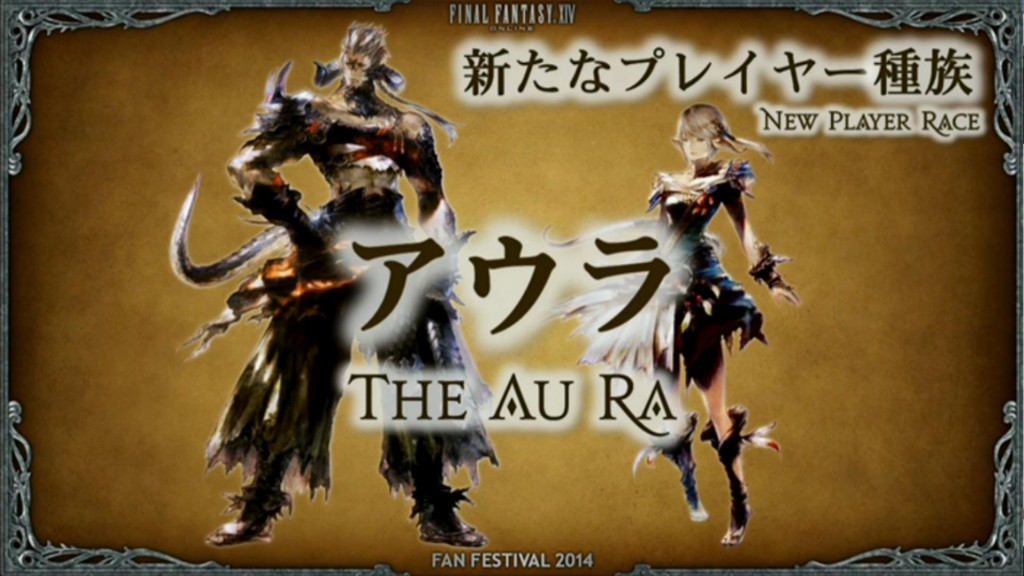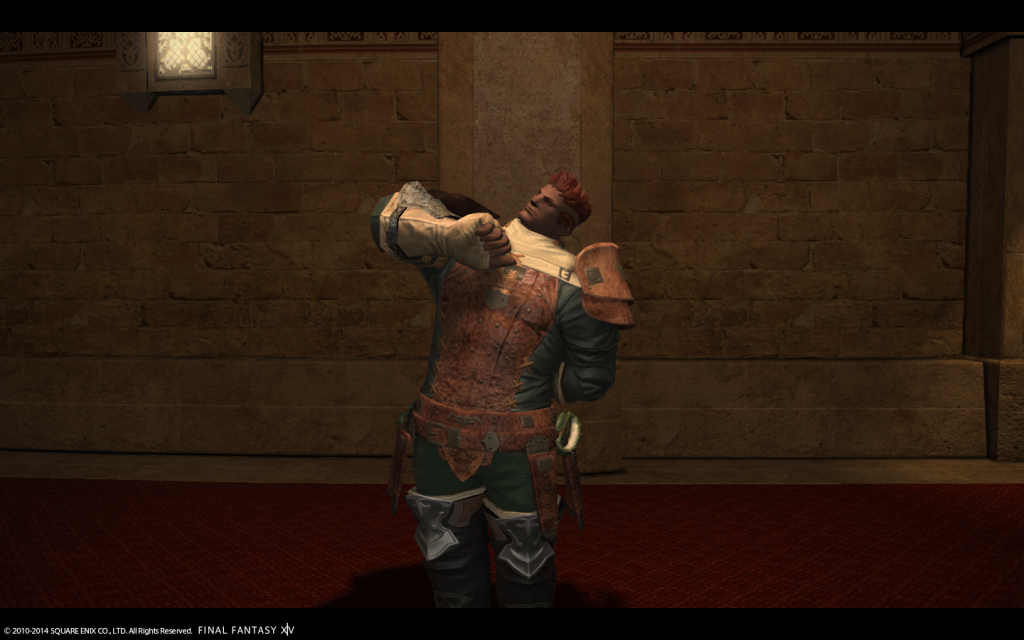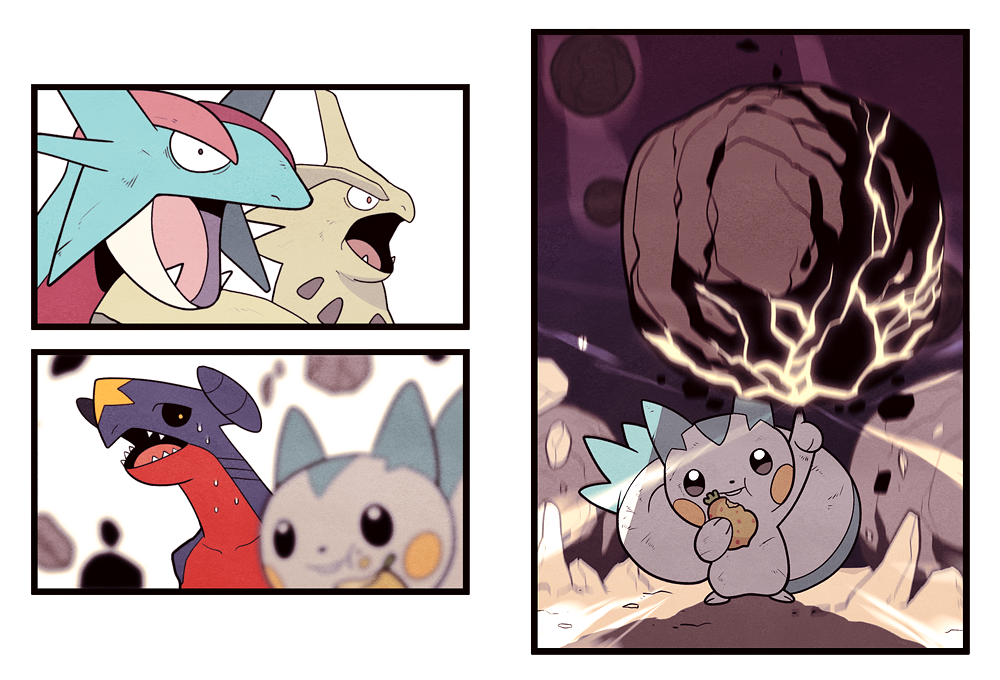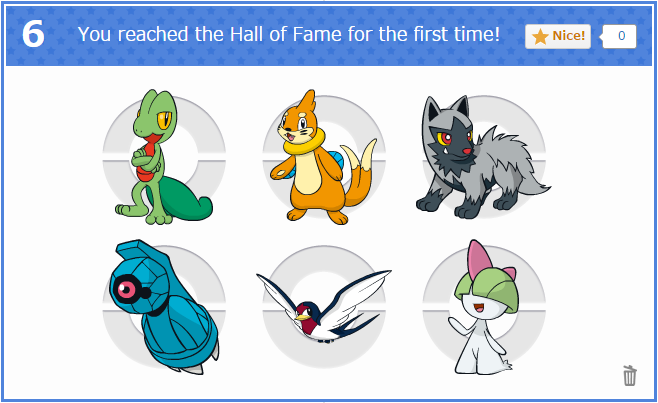Unlike most of the things I write about, which are either MMOs or fairly recent games, I’d like to take a moment to talk about one that is actually a few years old now. Dust: An Elysian Tail released on Xbox Live Arcade in 2012, and as these things tend to do, released for the PC the following year. It released on the PS4 last year, and was free as part of PS+ or Games With Gold at various points in the year depending on your choice of platform.
Dust is a Metroidvania with a bit of a surprising development history. The developer is Humble Hearts, but the vast majority of the work is credited to Dean Dodrill (Noogy), who is responsible for all of the design, art, programming, and most of the story. I did discover when looking things up for this post that he was also an artist on Jazz Jackrabbit 2, and one of the composers for Dust (Alexander Brandon) was also involved in the creation of that game.
Let’s just get this out of the way
Dust: An Elysian tail is a game where all of the characters are anthropomorphic animals, and the art style resembles 90s cartoons in a lot of ways. I’ve seen a number of people mention they won’t play the game because of the characters or animation. (This is usually accompanied by a statement making fun of furries, DeviantArt, or both.) As someone who actually enjoyed the era of 90s platformers, I actually like the art style quite a bit. The experience with Jazz Jackrabbit shows, and Dust himself has a lot of nice animations for both movement and attacks. Things that aren’t Dust tend to not animate quite as well, however. The big versions of characters used for cutscenes are not quite as refined as the spritework.
A Winning Combination
You play primarily as Dust, an amnesiac (ok, maybe a bit cliché) cat who is accompanied by a talking sword (the Blade of Ahrah) and the sword’s flying nimbat guardian (named Fidget). There is a usual progression of abilities for a metroidvania, increasing your mobility to open up more areas, and the platforming is solid. Combat involves rather fanciful use of the sword, and Fidget can cast magic to support you (which by itself is very ineffective). One of the major elements of the game is that Dust can spin his sword to create a vacuum effect (called the Dust Storm), and this has uses in both combat and puzzles. The primary combat use is to amplify Fidget’s magic, which will become homing, or explosive, or possibly other things during this effect. Puzzles tend to make more use of the ability to pull things in. It’s also an attack by itself, capable of dealing lots of small hits at short-range, but it will damage you if you hold it for too long.
Using this combat system, the game rewards racking up large chains of hits, and even lets you get a few extra hits on enemies that have been killed before they fade in order to keep up a combo. This easily gets into the hundreds in the start of the game, and there are achievements for values up to a thousand. Getting hit drops the chain, but Dust has a very effective parry that can keep you (and your chain) alive when big hits are coming. There’s also an invincible dodge that can be performed in either direction, but your enemies can also do this in most cases, and will use it to flank you.
Eternally Retold
The story is a bit short on reliable narrators, but mostly involves intersecting tales of revenge, with Dust caught in the middle. It’s hard to say more without spoilers. I enjoyed the main story, but that might be a personality thing. I always want to know more about things, and this game plays some of its more important background elements very close to the vest. I find this compelling, but I’m aware that others find it annoying. Your most reliable source most of the time is the sword, and it seems to have incomplete knowledge.
There are also a lot of side quests, which are not all created equal. Some are interesting, and some are boring, and the rewards tend to be not great either way. Some of the NPCs are still interesting, like the old couple you meet near the start of the game, and the shopkeeper who somehow manages to be in places that he shouldn’t. The incidental writing (journals, item descriptions) is sometimes more entertaining than expected. One of the immediate examples here is “Mysterious Wall Chicken”, which is a reference to how Castlevania games tend to inexplicably put food inside of breakable walls. It’s not quite to a Final Fantasy 14 or a Divinity 2 level, but it’s certainly something that wasn’t ignored. (As an aside, the game that clearly put the most effort into its item descriptions that I’ve played is Sequence. No word yet on if There Came an Echo continues this tradition.)
Ashes to Ashes
In the end, Dust: An Elysian Tail is a game I highly recommend. It’s a solid metroidvania with an enjoyable combat system, great music, and an interesting story. I also have a few spare Steam copies, which I’m willing to give out to three people who show me an amusing item description. I’ll take submissions via twitter or in the comments section until 12:00 EDT (16:00 GMT) on March 13, and I’ll choose the winners randomly from among these. I look forward to seeing what you come up with.





